The record-breaking 1.7 GWdc in community solar installed in the U.S. in 2024, an increase of 35% over the previous year, puts the country on track to break 15 GWdc by 2030, up from 8.6 GWdc today, according to a report released by Wood Mackenzie in collaboration with the Coalition for Community Solar Access (CCSA).
Beyond 2030, growth “hangs in the balance,” the report says, due to uncertainty at national and state levels.
Community solar typically involves a customer subscribing to a portion of an off-site solar facility’s generating capacity, receiving credits on their utility bills for the electricity produced by the facility. It can provide solar access to those who live in apartment buildings or don’t have the cash or credit to cover the upfront costs of solar.
During pv magazine USA Week 2024, Jeff Cramer, president and CEO of Coalition for Community Solar Access (CCSA) presented an update on community solar, examining what’s working, where gains are being made and what the U.S. can expect in the future. Cramer emphasized the importance of effective policy, cautioning that only about two-thirds of those states with community solar policy have functioning programs.
According to the Wood Mackenzie and CCSA report, New York, Maine and Illinois led the nation in community solar installations, accounting for 83% of national volumes. These top three states all have strong community solar policy. Maine, for example, was an early adopter, passing original legislation in 2009. Due to net metering caps and policy changes, it was updated in 2019.
“We saw impressive activity in 2024, resulting in our strongest year yet for community solar growth,” said Caitlin Connelly, research analyst and lead author of the report. “However, despite impressive 2024 installation volumes, the top state markets are saturating quickly and will not be able to sustain the same levels of growth long-term. Additionally, emerging markets have been slow to ramp up and program size caps limit the potential for growth in these states to make up for declines in larger markets.”

While the rise has been dramatic, the fall will be less so. According to Wood Mackenzie’s base case, national community solar growth will contract 8% annually on average through 2029, culminating in more than 15 GWdc of cumulative community solar installed. This could change, of course, due to challenges including uncertainty around policy and interconnection reform.
“Although the new U.S. administration has fueled an extreme amount of uncertainty in the U.S. solar sector, material actions so far have resulted in minimal changes to our base case outlook,” said Connelly. “However, in a low case representing an extreme downside scenario, our five-year outlook contracts 40% compared to the base case. By contrast, business as usual at the federal level and rapidly improving state policy and interconnection conditions result in a high case outlook 37% higher than the base case.”
Hope is on the horizon, however, in the form of new policy backed with bipartisan support. Republican-led legislation in Missouri and Iowa aim to launch new programs. In Pennsylvania, Ohio, Georgia, Washington and Wisconsin policy has progressed further than ever before, signaling strong bipartisan support and the potential for new market expansion.
“As opposition persists in establishing new legislatively enabled community solar programs, developers are evolving their business models and exploring new avenues for community-scale development,” said Connelly. “These resources are well positioned to play a pivotal role in supporting grid resilience and increased electricity demand given they can be deployed quickly, scaled quickly, and built with storage in proximity to the customer load.”
Community solar can benefit low- to moderate-income (LMI) ratepayers, as strongly evidenced in New York and Massachusetts. The two states combined make up nearly half of the 1 GWdc of LMI-serving community solar. According to the report, this emphasizes the reliance on both state and federal incentives to boost LMI capacity. The report estimates that LMI subscribers currently account for 14% of community solar capacity.
One challenge to the increased LMI penetration in community solar is the uncertainty around the Solar for All program, which is designed to bring solar energy to low-income households. Funding of $7 billion was announced in April 2024, as part of the Greenhouse Gas Reduction, yet the Environmental Protection Agency Administrator Lee Zeldin recently announced that he seeks to instantly terminate roughly $20 billion in clean energy grant programs allocated by the fund. As with much federal policy, uncertainty abounds around how this will affect LMI community solar subscribers.
The Wood Mackenzie and CCSA report contends that LMI capacity will make up 18% of total community solar capacity in 2026, an increase of 4% over the current level, acknowledging that federal uncertainty could limit growth further out.
“Community solar’s record-breaking growth in 2024 is a clear sign that demand for affordable, distributed energy is stronger than ever,” said Jeff Cramer, CCSA president and CEO. “This record growth comes at a time when customer and grid demand for community solar has never been higher. However, barriers to meeting this demand—such as interconnection delays and policy red tape—are leaving dozens of gigawatts of new local power, tens of billions of dollars in investment, and millions of customers on the sidelines. With increasing bipartisan momentum to address these challenges, the potential for continued record growth remains strong.”
This content is protected by copyright and may not be reused. If you want to cooperate with us and would like to reuse some of our content, please contact: editors@pv-magazine.com.
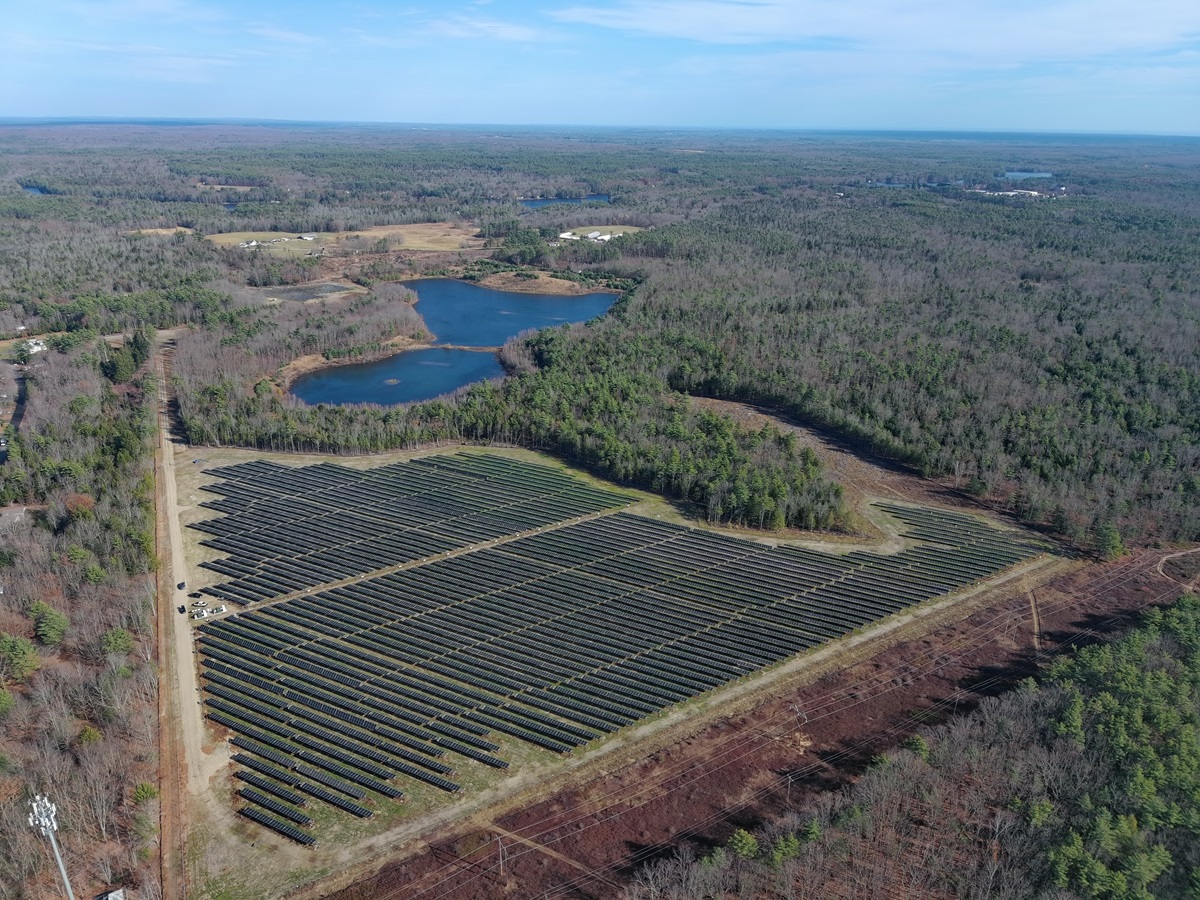
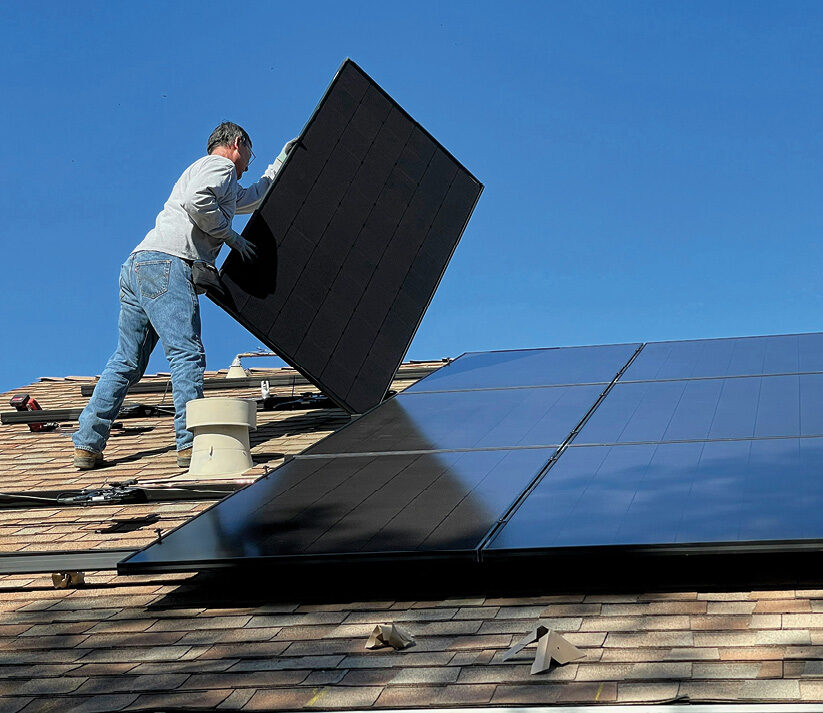


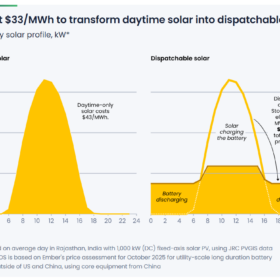
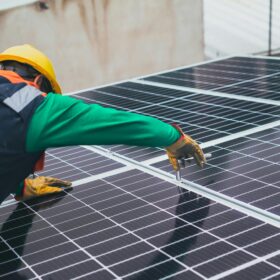


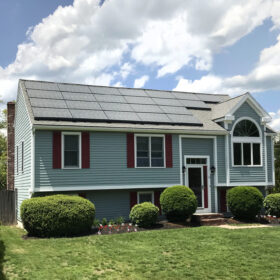
By submitting this form you agree to pv magazine using your data for the purposes of publishing your comment.
Your personal data will only be disclosed or otherwise transmitted to third parties for the purposes of spam filtering or if this is necessary for technical maintenance of the website. Any other transfer to third parties will not take place unless this is justified on the basis of applicable data protection regulations or if pv magazine is legally obliged to do so.
You may revoke this consent at any time with effect for the future, in which case your personal data will be deleted immediately. Otherwise, your data will be deleted if pv magazine has processed your request or the purpose of data storage is fulfilled.
Further information on data privacy can be found in our Data Protection Policy.